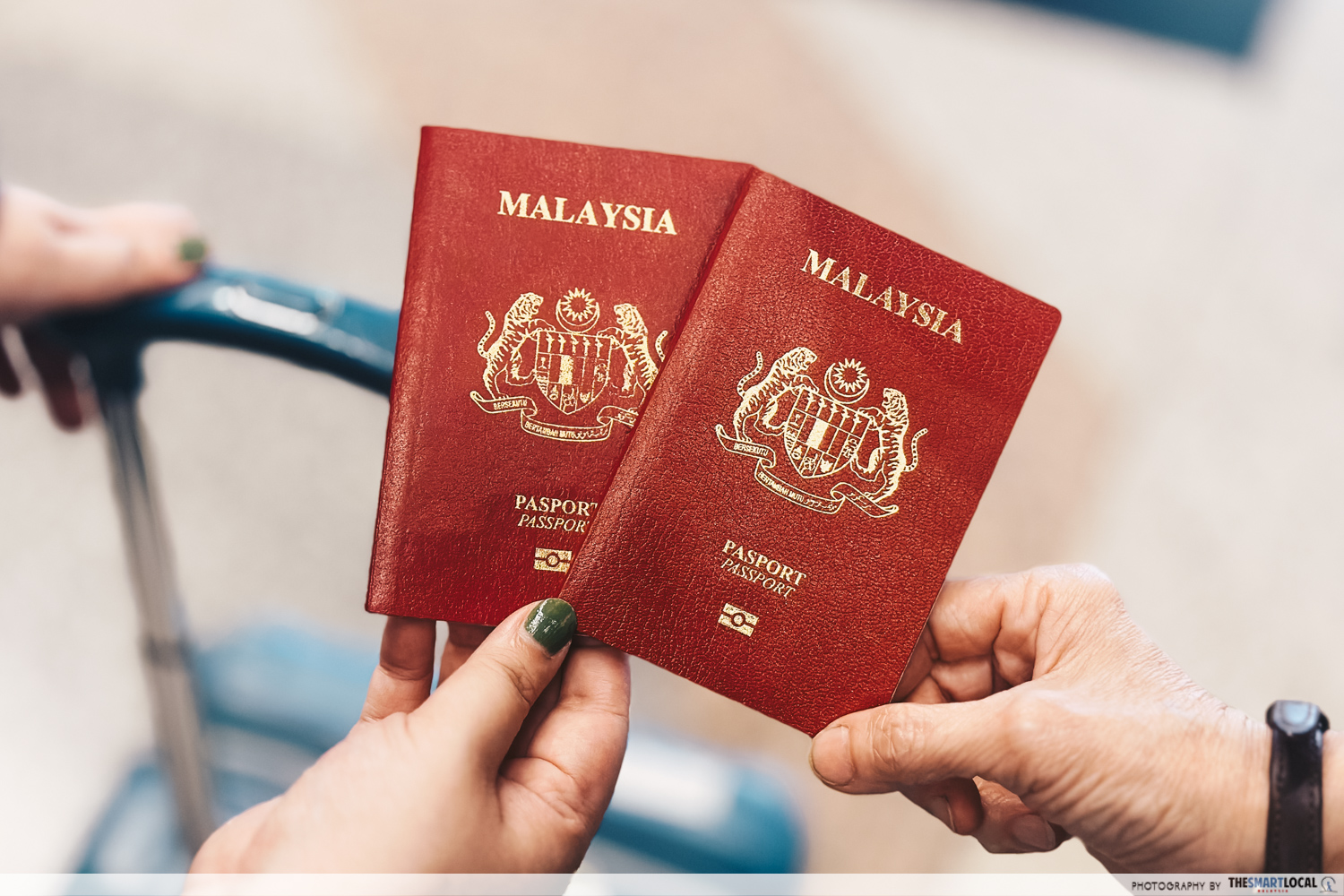Singapore, often referred to as the Lion City, is renowned for its economic prowess, cultural diversity, and efficient governance. Despite its small geographical size, Singapore has a dynamic and complex population that plays a crucial role in shaping its identity. In this article, we delve into the key aspects of Singapore’s population, exploring its size, composition, and significance.

What Is the Population of Singapore?
As of the latest statistics, Singapore’s total population is approximately 5.9 million, including citizens, permanent residents, and non-residents. This number reflects the city-state’s status as a global hub, attracting people from all over the world.
Population Breakdown:
- Citizens: Around 3.6 million (61% of the total population).
- Permanent Residents (PRs): Approximately 0.5 million (9%).
- Non-Residents: About 1.8 million (30%), comprising expatriates, foreign workers, and students.
Ethnic Composition
Singapore prides itself on being a multicultural society, with four main ethnic groups represented in its population:
- Chinese (76%)
The largest ethnic group, contributing significantly to Singapore’s cultural and economic landscape. - Malays (15%)
The indigenous population of Singapore, playing a vital role in preserving local traditions and heritage. - Indians (7%)
A diverse community that includes Tamil, Punjabi, and other Indian subgroups. - Others (2%)
Comprising people of Eurasian descent and other minority groups.

Age Distribution
Singapore faces the challenge of an aging population, a trend common in many developed nations.
- Youth (0-14 years): Around 15% of the population.
- Working Age (15-64 years): Approximately 65%.
- Elderly (65+ years): About 20%, with this segment expected to grow in the coming years.
Population Growth Trends
Slowing Growth:
Singapore’s population growth has slowed in recent years due to declining birth rates and tightening immigration policies.
- Birth Rate: The fertility rate stands at around 1.12 births per woman, significantly below the replacement rate of 2.1.
- Immigration: While controlled, immigration remains an essential driver of population growth to sustain economic productivity.
Population Challenges:
- Aging Society: The rising number of elderly residents poses challenges for healthcare and social support systems.
- Low Fertility Rate: Efforts to encourage higher birth rates include government incentives such as baby bonuses and parental leave policies.

Foreign Workforce and Immigration
Singapore relies heavily on its foreign workforce to drive economic growth, especially in sectors like construction, healthcare, and services.
- Skilled Workers: Professionals and expatriates contribute to Singapore’s global competitiveness.
- Low-Wage Workers: Foreign labor supports essential industries such as domestic work and manual labor.
Why Population Matters for Singapore
- Economic Growth:
A well-balanced population is vital for sustaining Singapore’s position as a global financial hub. - Cultural Diversity:
The blending of ethnic groups creates a vibrant society enriched by various traditions and cuisines. - National Identity:
The government promotes racial harmony through policies like the Ethnic Integration Policy (EIP) and multicultural education.
Future Projections
Singapore’s population is expected to grow modestly over the next few decades, with a focus on:
- Balancing population growth with sustainable urban development.
- Addressing the needs of an aging society through healthcare innovation.
- Enhancing immigration policies to attract global talent while maintaining social cohesion.

Conclusion
The population of Singapore is more than just a number; it reflects the city-state’s unique blend of cultures, economic ambitions, and societal challenges. As Singapore navigates the complexities of an aging population and low fertility rates, its people remain the cornerstone of its success.
Singapore’s population story is one of resilience, diversity, and adaptability—a testament to the spirit of the Lion City.













